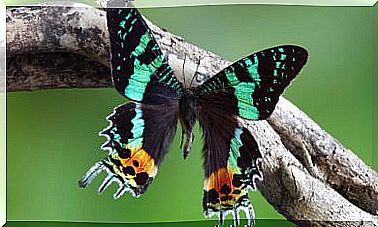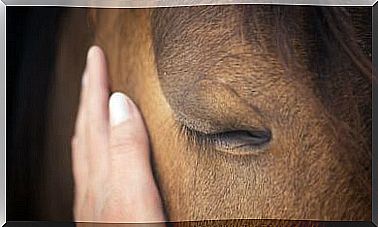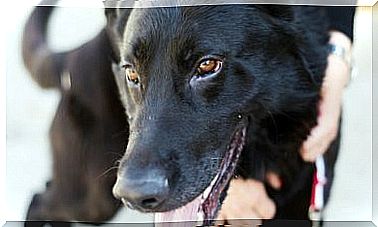Why Do Cats And Dogs Fight?
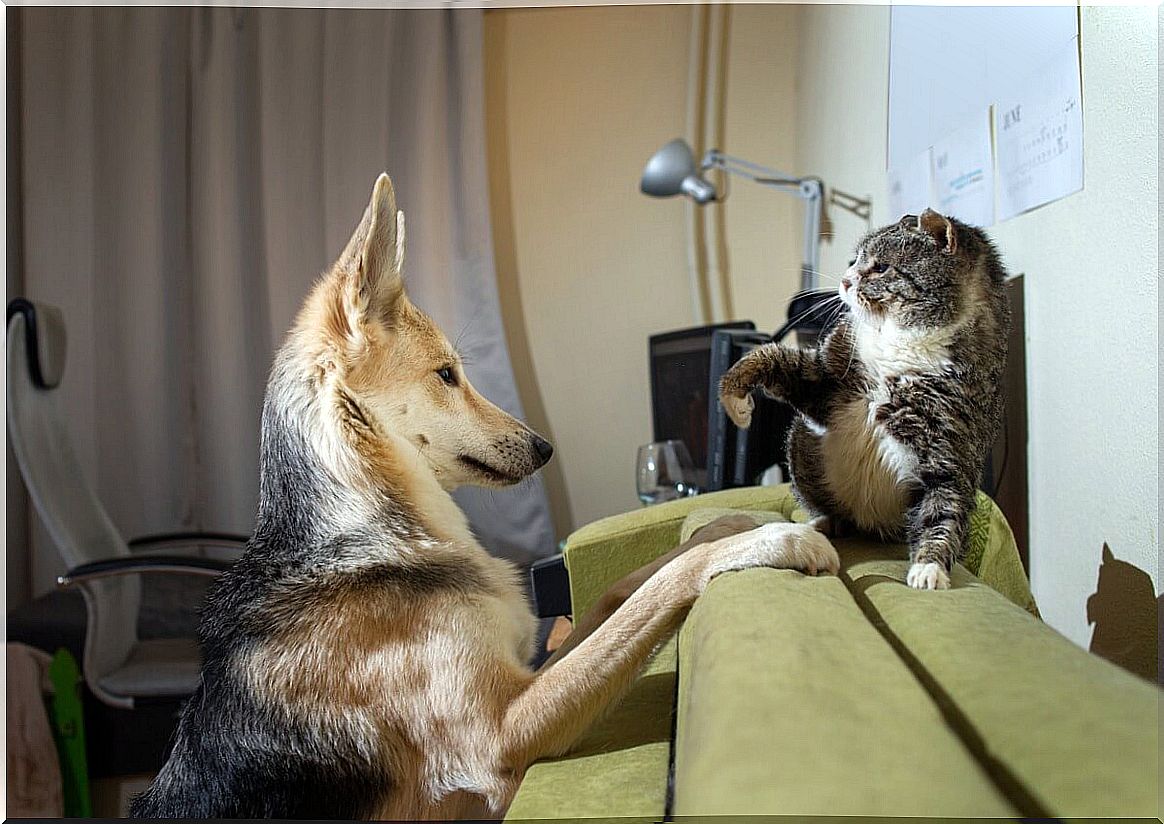
Why do cats and dogs fight is a question that has been part of popular culture for a long time, probably since both species began to coexist with humans. But what does science have to say about this?
In the following lines, you can read a review of the largest studies conducted on this question. In fact, some of them have amazing results, so don’t miss out.
Do cats and dogs really fight?
From an ecological point of view, it makes sense for cats and dogs to be rivals. In freedom, sharing space means having the same resources and, therefore, competing for prey, land and food. The presence of one in the territory of the other poses a challenge to survival, which is why they are natural enemies.
But what happens when both species are assured of survival alongside the human? Well, the authors of the study published in the Journal of Veterinary Behavior conducted a survey in 748 homes throughout the Western world where cats and dogs lived together, in order to give a clear answer to the question.
Contrary to popular belief, ethologists found that 80% of the participants’ pets were comfortable around each other, with only 3% of the people responding that their cats and dogs seemed not to be supported. It seems that when the survival factor is eliminated, cats and dogs can learn to live together.

Other relevant factors when dogs and cats fight
The study yielded other results that shed light on some clues about the canine-feline conflict. These are the most important:
- The age with which the cat comes home is essential: the younger the cat is when coexistence begins, the more likely it is to be successful in the period of socialization between both species.
- Felines tend to initiate conflicts: although in general the 2 species coexist in relative harmony, the researchers found that, when there are conflicts, most of the time they are initiated by hostile behaviors of the cats.
- Cats are 3 times more likely to attack than dogs: the explanation given by professionals for this is that cats, seeing themselves at a disadvantage, prefer to assert their dominance with aggressiveness.
The importance of body language
Dogs and cats, like any other species, have different ways of expressing themselves and this determines how they read the intentions of others. For this reason, when the coexistence between both species is forced —as in the case of living with a human—, misunderstandings can arise that lead to a fight. Here are the most common ones.
Wag the tail
In both dogs and cats, wagging the tail is synonymous with excitement. The problem is that for the former it is usually synonymous with joy and, for the latter, anger. If the dog interprets that the feline is responding to his desire to play, it is very possible that he will get a scratch: what the cat is doing is to warn that he is upset.
Arch the loin
Although cats can arch when angry, they also arch when they ask for a pet. For a dog it is always an attack position, so it can be confusing that sometimes it leads to a scratch and sometimes a purr. So how does it end? Yes, as you are thinking: in conflict.
Position of the ears
This communication factor is very varied in both species. The main source of conflict is when they are directed backwards, since for a dog it indicates submission or fear and, for a cat, threat. Therefore, when the dog often wants to avoid conflict, the feline feels that they respond to its threat. This can end in a fight.
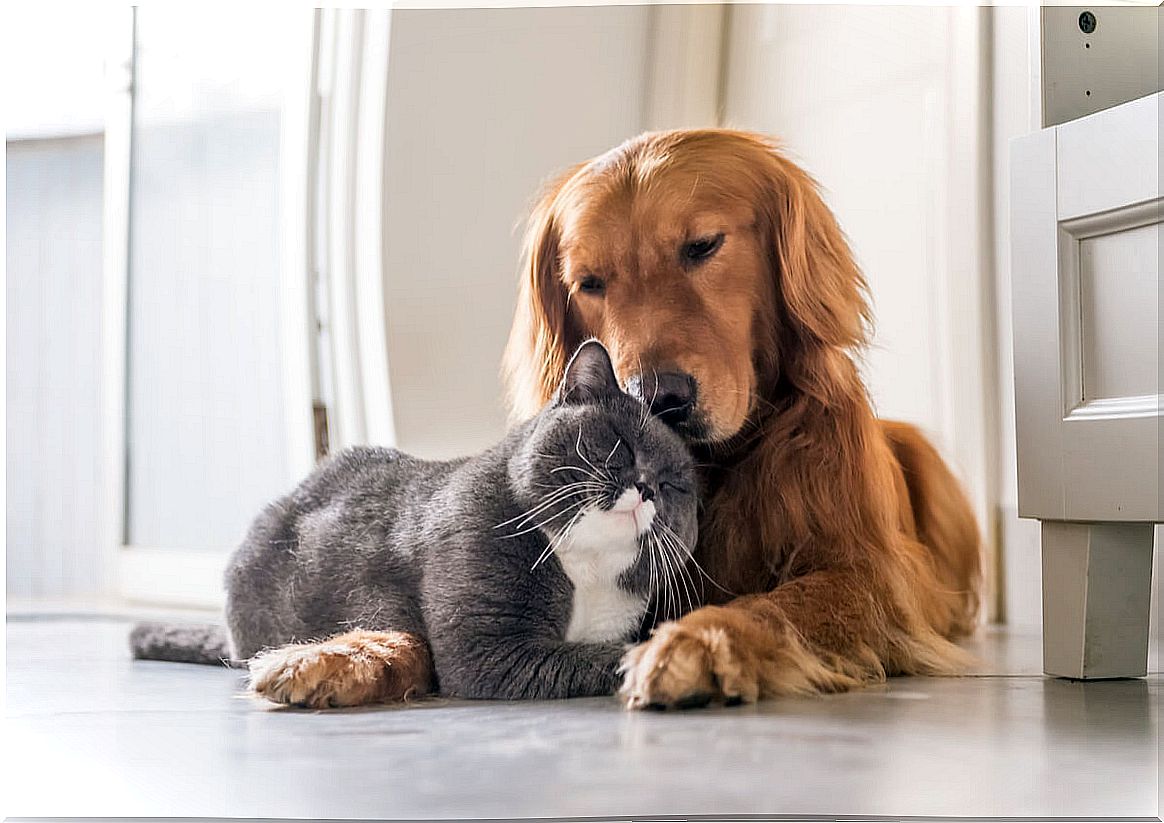
Do cats and dogs really fight?
There is no doubt that there is an instinct for rivalry between the two species, something that is not easily erased. However, that cats and dogs can live together is just another proof that members of different species are capable of living peacefully when there is plenty. This, of course, includes human animals: sharing is living, so let’s do it.
